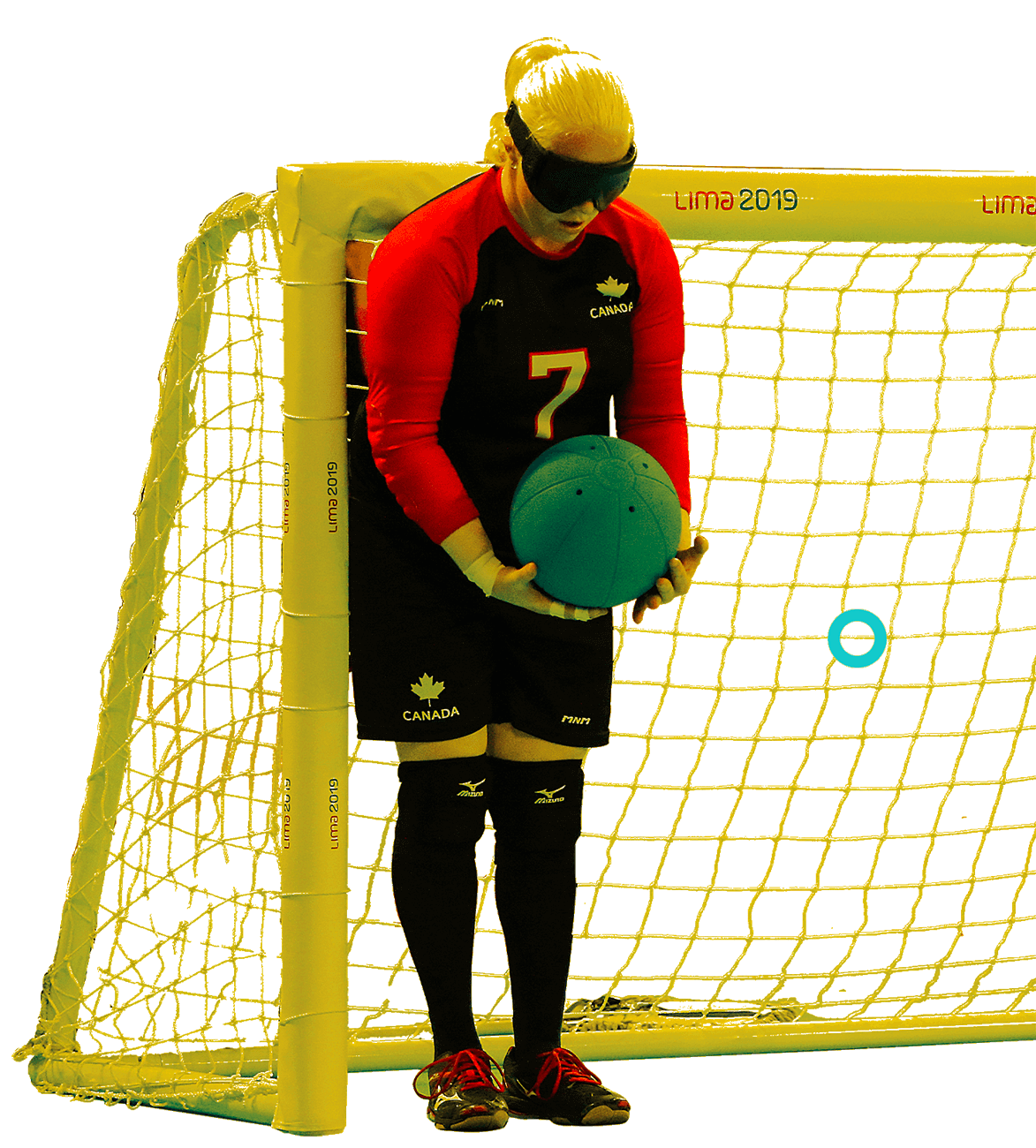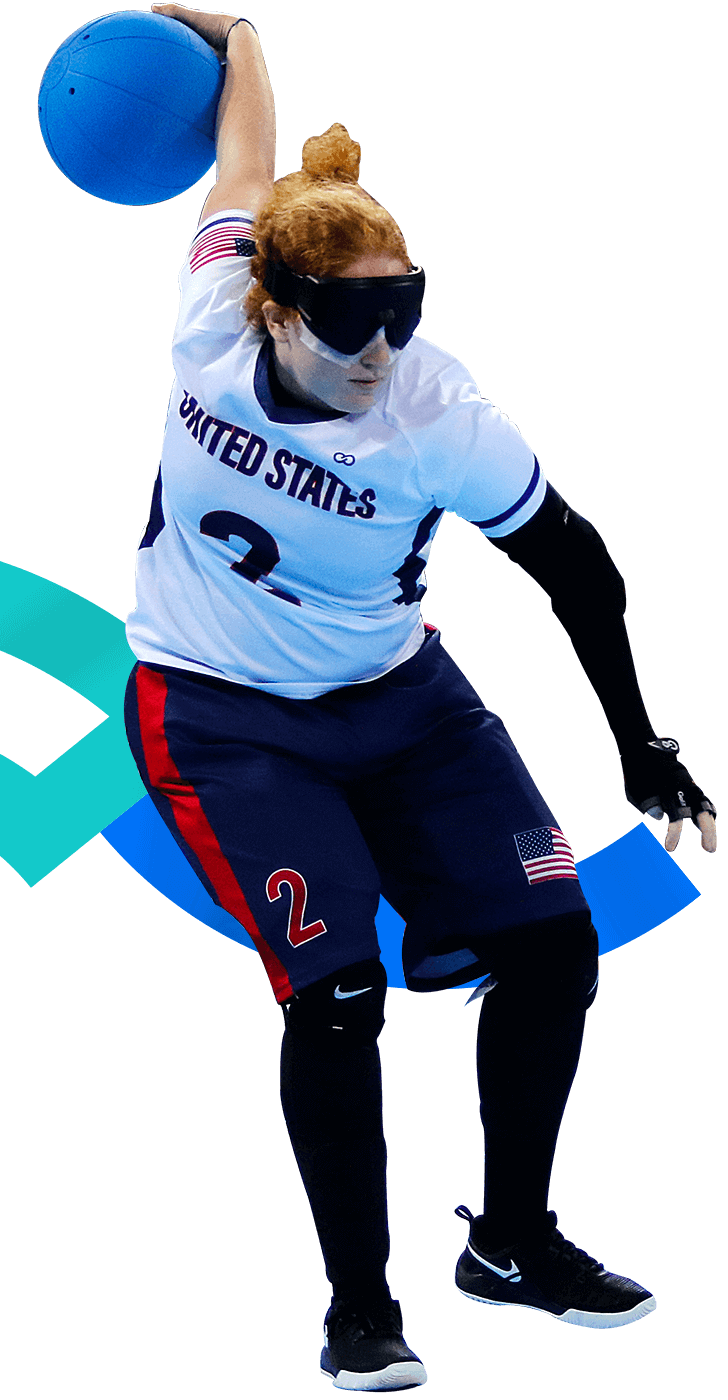Goalball
It is a sport created for people with visual impairment, where two teams of three players each participate. Competitors who have to throw the ball towards the other team's goal, while their opponents try to block the ball with the full extension of their body.
It is a sport that stimulates the senses. Each line of the court is taped to allow players to orientate themselves through touch. The ball has 2 internal bells, so the auditory sense is a key skill to detect its trajectory. Competitors play wearing goggles that fully block eyesight, therefore, the silence of the public is essential during the development of the match so as not to interfere with the perception of the trajectory of the ball. It is a sport that demands strength, precision, and speed of reaction since players only have 10 seconds to throw the ball into the opposite goal. The high degree of technical skill and collective tactics of the players is applied in split-second making Goalball a spectacular sport.







